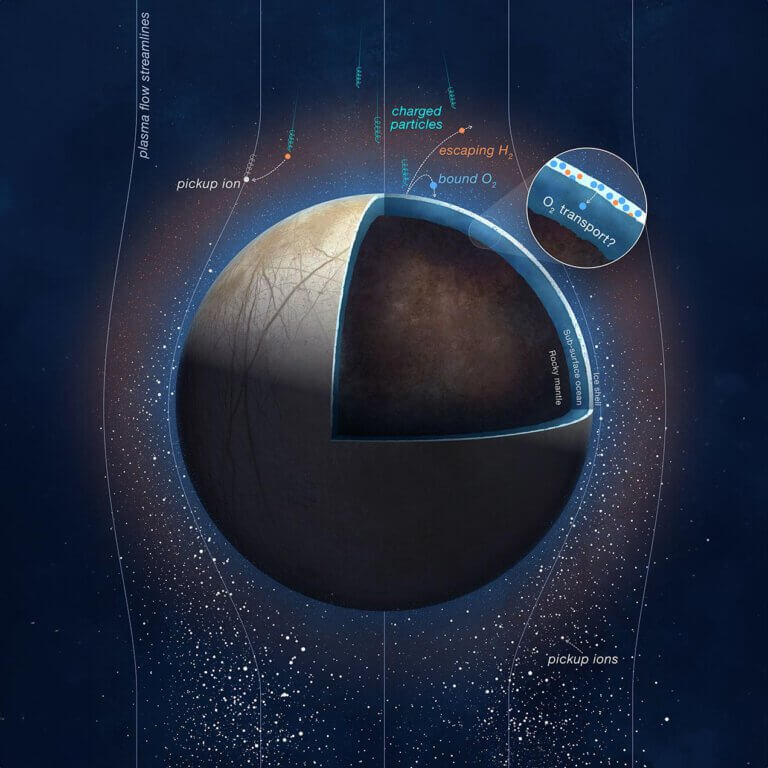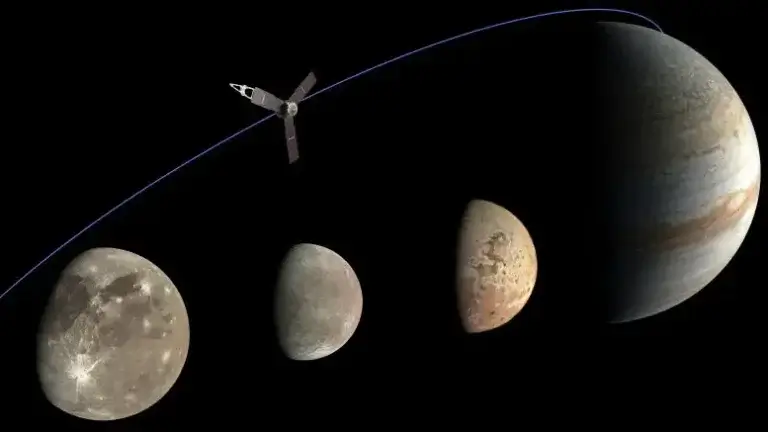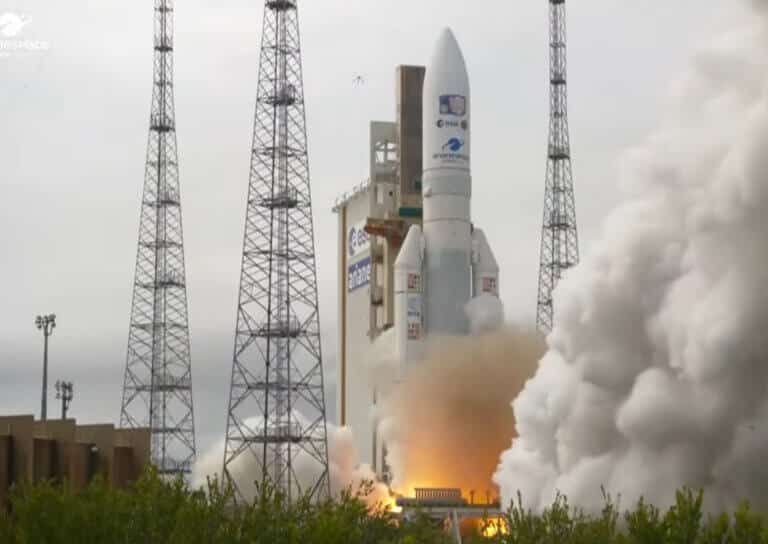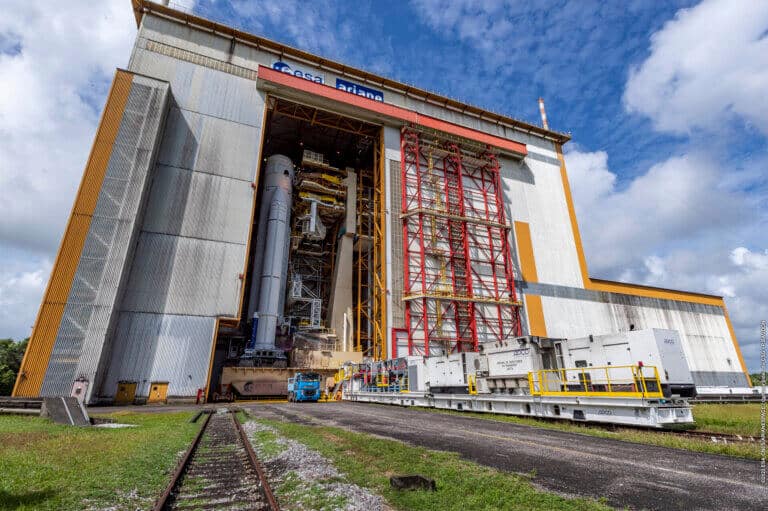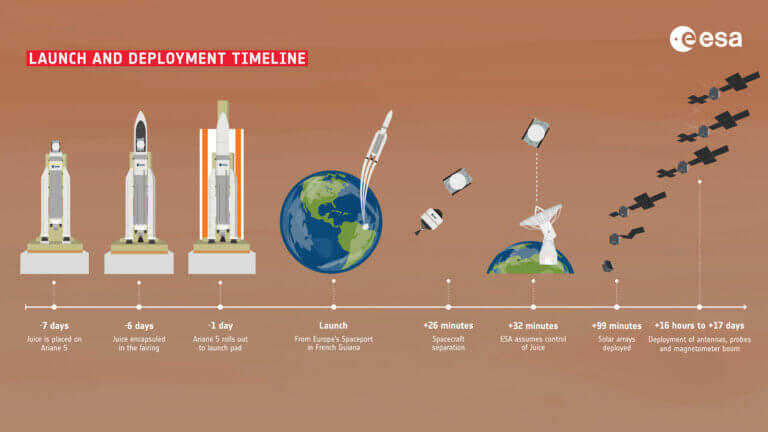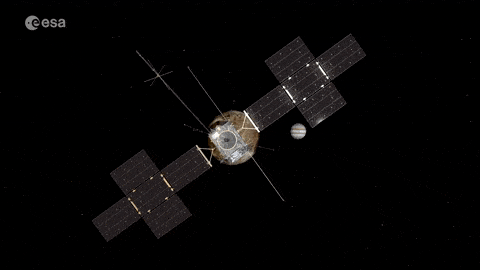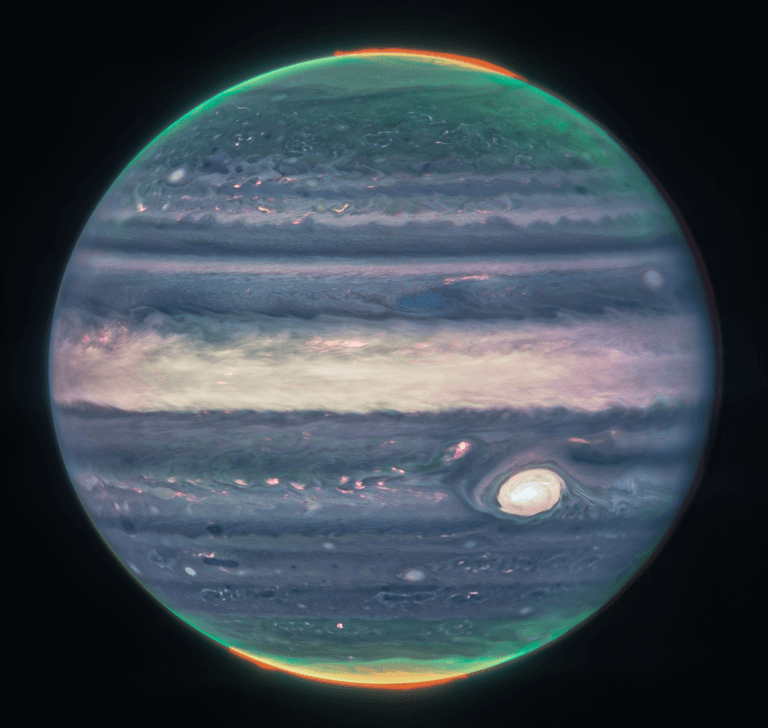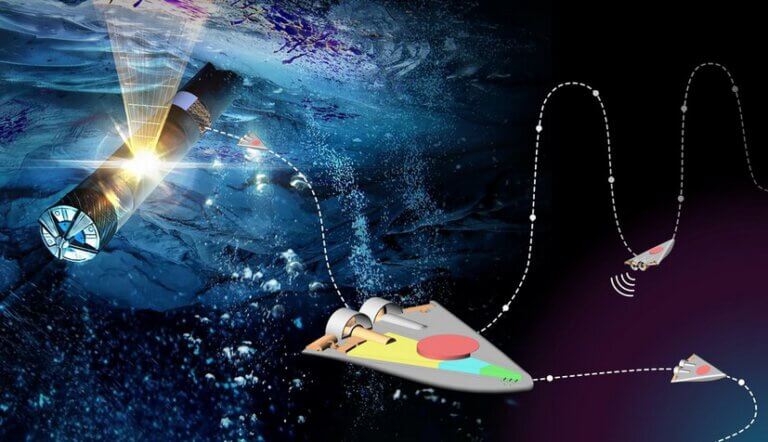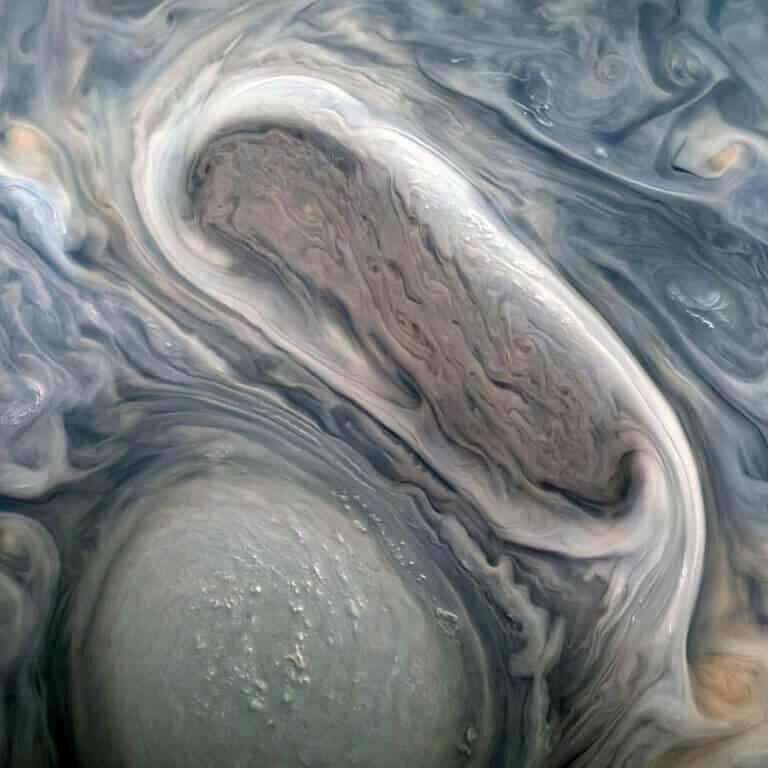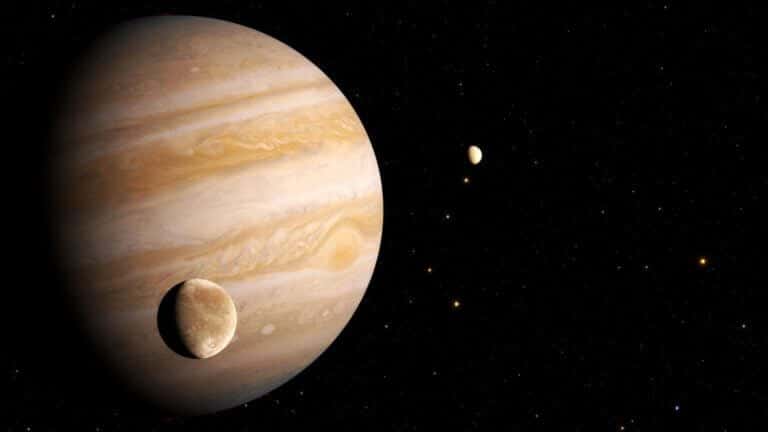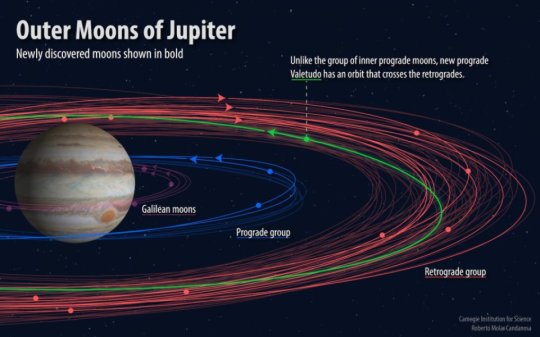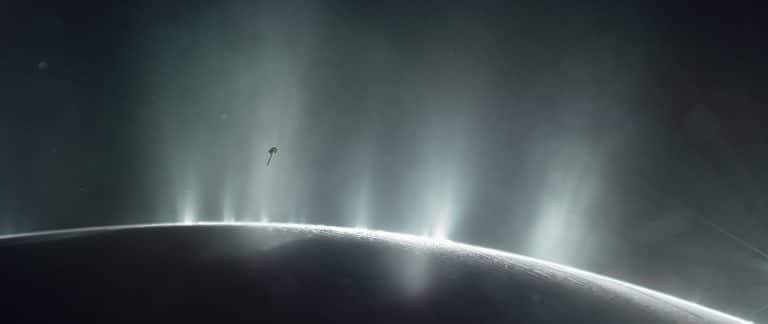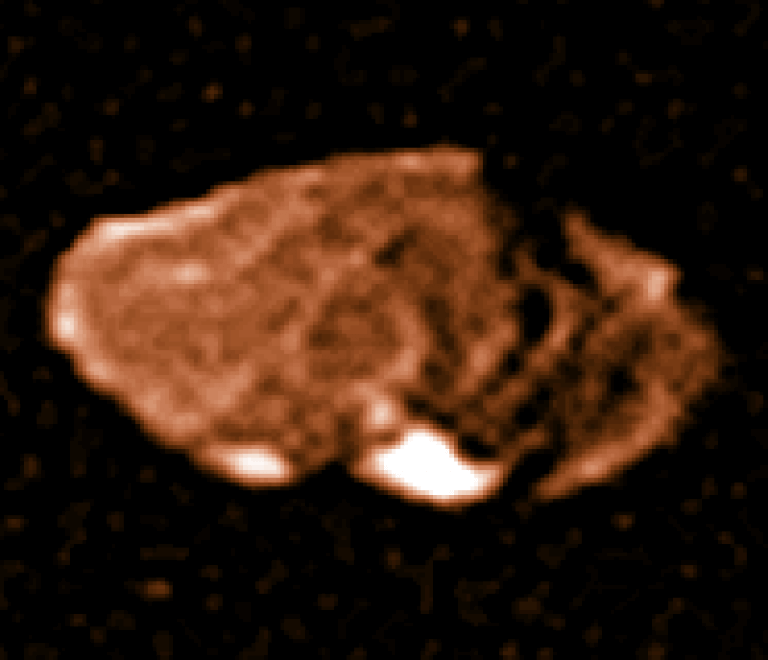Hayadan > Space and astronomy > Solar System > Jupiter > Jupiter moons
Jupiter moons
- Avi Blizovsky
- April 3, 2024
- 2 תגובות
NASA's Juno spacecraft directly measured charged molecules of oxygen and hydrogen from the atmosphere of Europa, one of Jupiter's largest moons. According to a new study by scientists at SwRI and Princeton, these observations provided important constraints on the potential oxidation of its subsurface ocean
- Avi Blizovsky
- July 29, 2023
- 2 תגובות
Io is a raging volcanic world. NASA researchers are specifically looking at a "hot spot" observed by several spacecraft orbiting Jupiter that has grown from snapshot to snapshot
- Avi Blizovsky
- April 14, 2023
- 5 תגובות
The launch at Coro in French Guiana was postponed from yesterday due to weather conditions * The spacecraft is carrying ten instruments, some of which are also made in Israel * Will arrive in the Zedek system in July 2031
- Avi Blizovsky
- April 13, 2023
- One response
The Juice spacecraft (JUPiter ICy moons Explorer), is a joint project of the European Space Agency (ESA) and the Italian Space Agency (ASI), planned to explore three of Jupiter's icy moons: Ganymede, Europa and Callisto. The mission is scheduled to reach Jupiter in 2031
- Avi Blizovsky
- April 10, 2023
- No comments
The purpose of the operation - to find out if the oceans hidden beneath the surface of Jupiter's icy moons have the potential to support extraterrestrial life
- Avi Blizovsky
- April 8, 2023
- No comments
The European Space Agency ESA will launch on 13/4 the JUICE spacecraft on the historic mission to Jupiter, with technologies and scientific research funded by the Israel Space Agency at the Ministry of Innovation, Science and Technology
- Avi Blizovsky
- August 24, 2022
- One response
- Science site The Conversation
- July 23, 2022
- No comments
In fact, the environment in these oceans is very similar to the environment of the earth at the time when life began
- Avi Blizovsky
- December 29, 2021
- One response
A dramatic ride with an audio track collected during the Jupiter mission's flyby of Ganymede — one of the highlights mission scientists shared in an overview at the fall meeting of the American Geophysical Union
- Avi Blizovsky
- August 2, 2021
- One response
The oxygen found in the frozen world is linked to the sublimation of ground ice
- Avi Blizovsky
- July 18, 2018
- 3 תגובות
- Elisef Kosman
- April 14, 2017
- One response
- Haim Mazar
- March 23, 2017
- 10 תגובות

